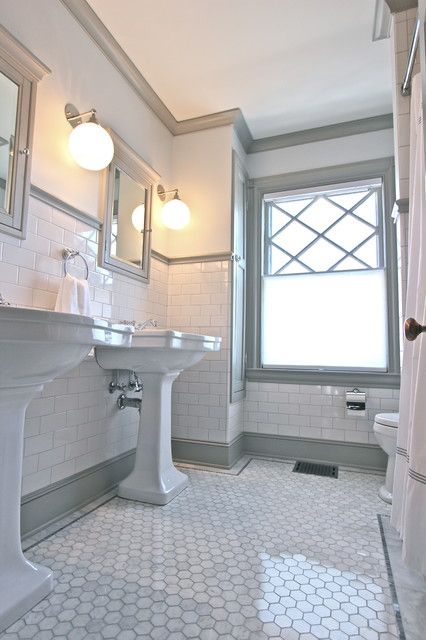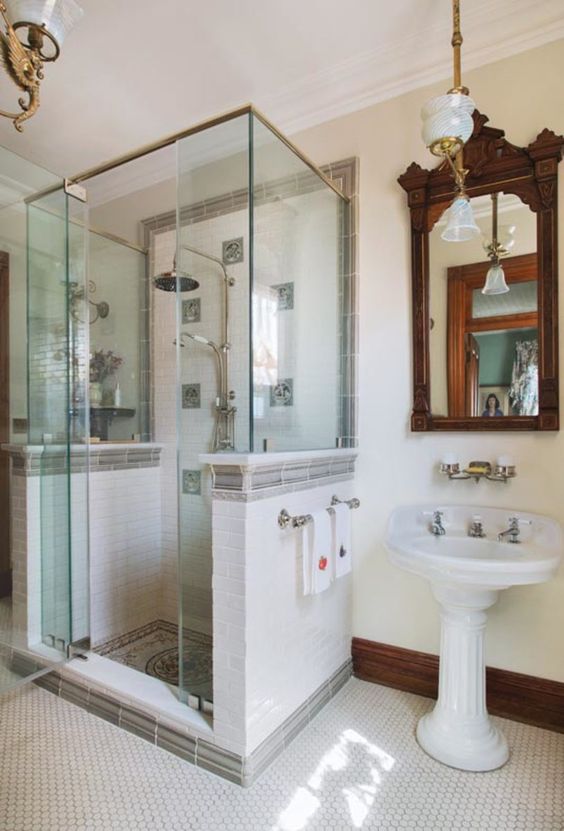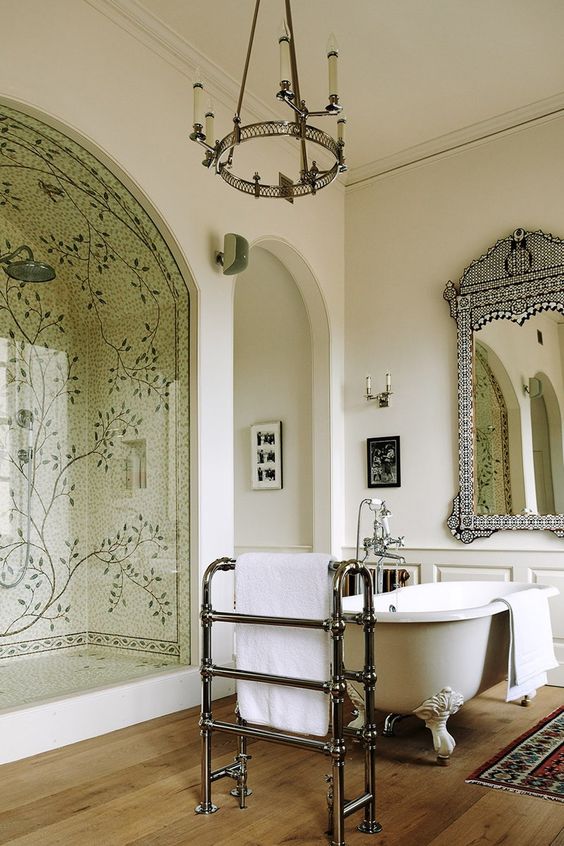Peyrevent.com – When restoring a Victorian bathroom, be sure to look for many of the same details as the decor. Victorian bathrooms often featured hand-painted sinks, toilets, shaving stands, and small tables or sitting areas. They were also often decorated with woodwork, including painted crown molding, wooden panels, and gas lights. This style is not only timeless but also very functional, as many Victorian bathrooms are still used today. You can find many antique pieces in a Victorian bathroom, as well as many modern-day fixtures.
Popular Victorian Bathroom Designs
In Victorian times, powder rooms were always located above the parlor floor. Most houses had a servant’s toilet off the kitchen. The servant would typically use a separate bathroom. In the early years, the concept of a separate bathroom was unheard of. Victorian bathrooms generally featured bead board wainscoting. In the 20th century, tile began to be used as a wall covering in bathrooms. Plain white tiles were the most common type of sanitary material. Larger tiles were also popular.
The Victorian Era was the last era to use color. While most toilets today are white, Victorian-era toilets had seats that were often darker. They had porcelain or woodwork that was shinier than the wall plaster. Then, there were lots of colors to choose from and a lot of variety in these colors. Victorian bathrooms were also famous for their tile wainscots, which are found on the lower half of the wall.

Unlike today, the Victorian bathroom was also portable. The tub itself was often elevated from the floor and used a pillar to hold it in place. In addition, Victorian baths were made of wood and did not have heavy feet and were also considered to be furniture. Victorians also didn’t have showers or mixer taps. And while the bathtub may have been used for bathing, it wasn’t necessarily for bathing.
Antique Victorian Bathroom Characteristics
A Victorian-style bathroom usually features a redwood U-shaped structure for the tub housing. A beige cathedral ceiling is a backdrop for a magnificent crystal chandelier. On either side of the wooden vanity are crystal wall lamps that perfectly match the brilliant chandelier. A dark wooden bathtub is placed in an alcove, and a gray patterned area rug complements the look. Victorian bathrooms are also popular with antique artwork. Incorporating some of these designs into your own home will help you achieve the look you’ve always wanted.
The Victorians drew on an eclectic blend of styles, and the Victorian bathroom is no exception. Victorian furniture, for instance, typically features elements of the Gothic, Elizabethan, Rococo, and Neo-Classical periods. However, they also drew inspiration from Asia and the middle east. Victorians also loved to show off, and this is one of the reasons why they often went to great lengths to create lavish public rooms and private upstairs bathrooms. Victorian bathrooms typically have the same decor features as other parts of the home.

Toilets in the Victorian era often featured high-level cisterns that were raised to allow gravity to work. The design of these toilets was highly decorative, and many of the Victorians included ornate mounting brackets for their toilets. The high-level cisterns were so ornate that they were nicknamed “crappers” by American soldiers stationed in London during World War I.
How to Restore the Right Victorian Bathroom
The walls and ceiling of a Victorian bathroom are white, with a beige hue on the floor. A light gray wooden vanity and wall-mounted lamps accent the white wood finish of the walls. A large white fireplace features inlaid gray marble in the center. Stained glass windows are also part of the decor, as are the walls of the glass-enclosed shower area. A small, freestanding bathtub faces a cozy fireplace, which blends in with the subtle patterns on the wallpaper and the stainless steel legs.

While a Victorian bathroom is typically spacious, it is not difficult to recreate the original decor. Victorian bathroom fixtures were luxurious and opulent. Vanderbilts and other wealthy families were able to afford them. Begin with a Victorian porcelain tub for your bathroom, and continue with the rest of your bathroom’s fixtures until you reach the grand final result. In addition to the opulence, Victorian bathrooms feature ornate mirrors, intricately shaped mirror frames, and even wallpaper and window treatments.


